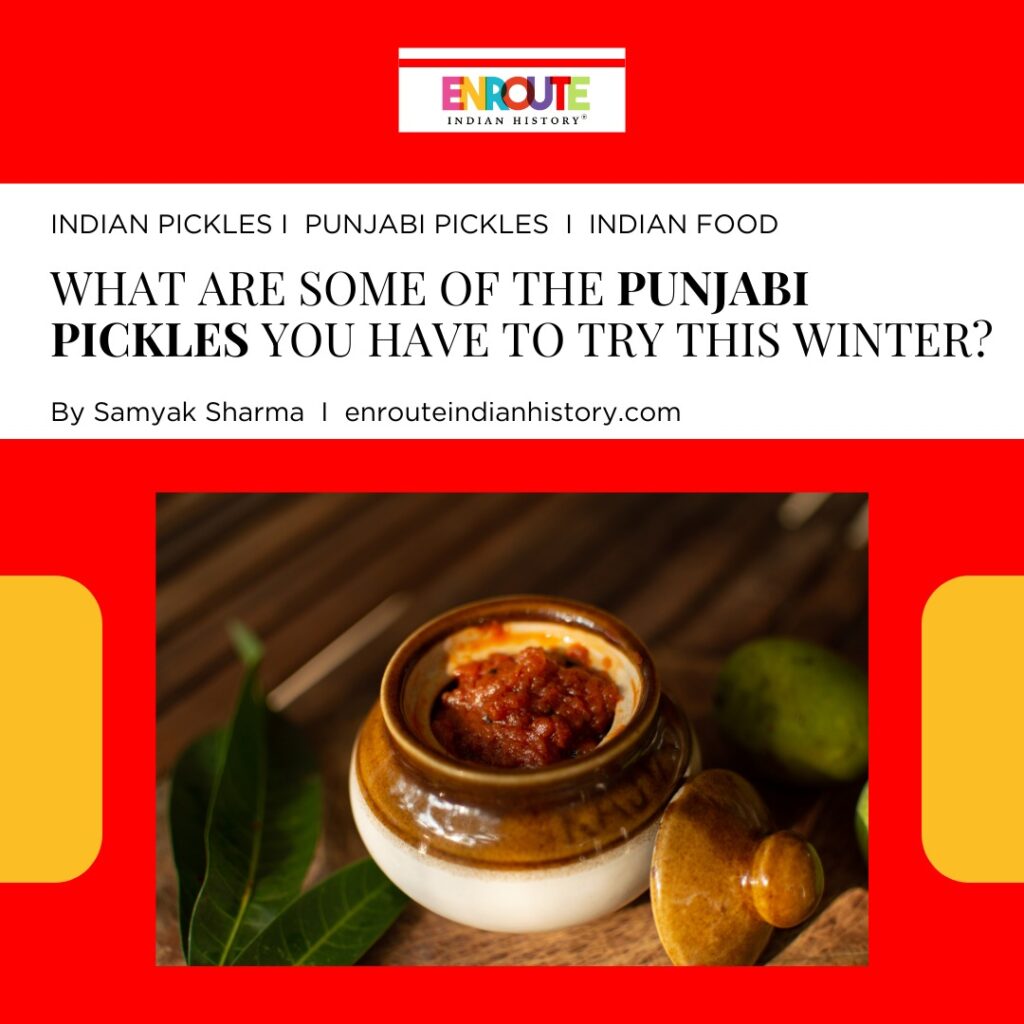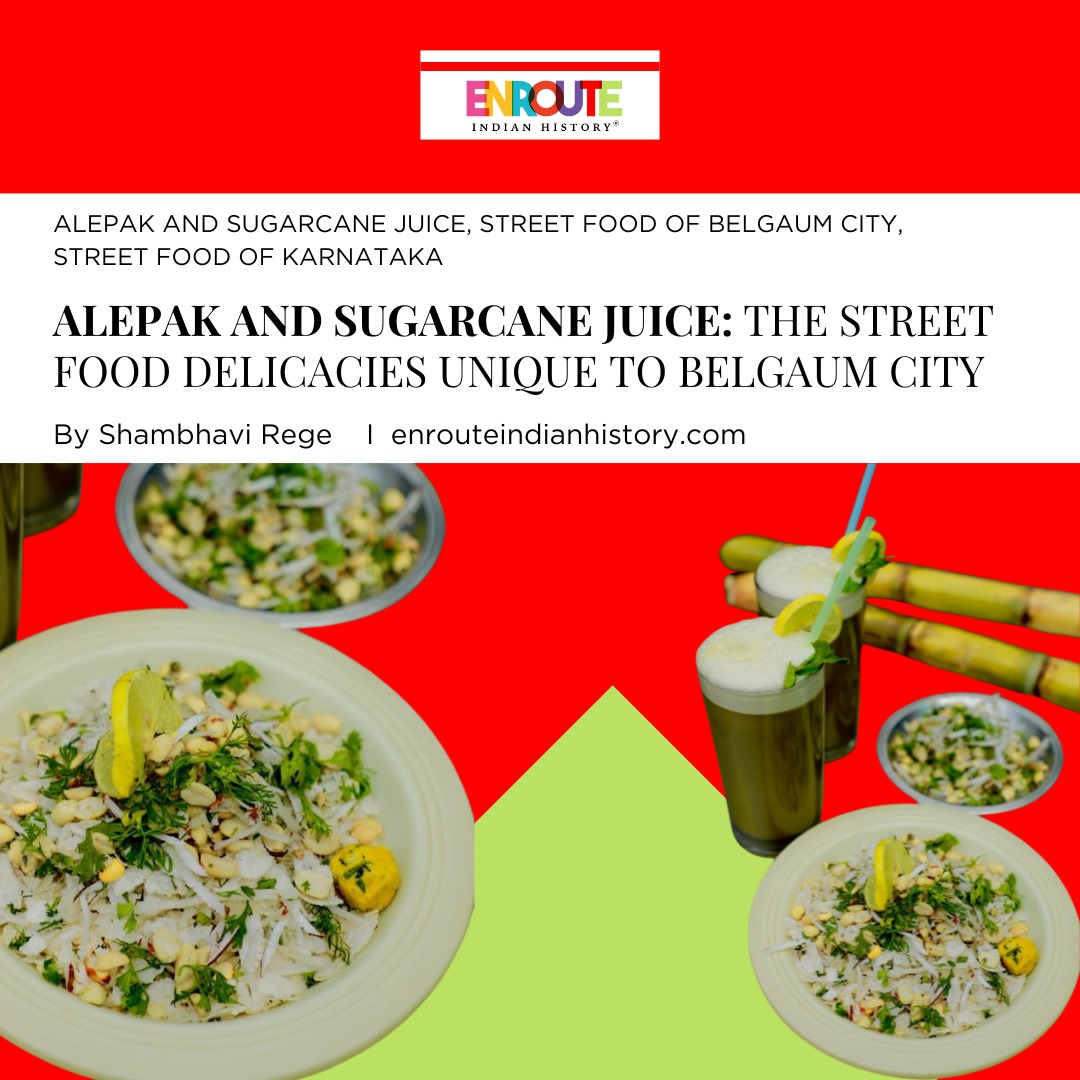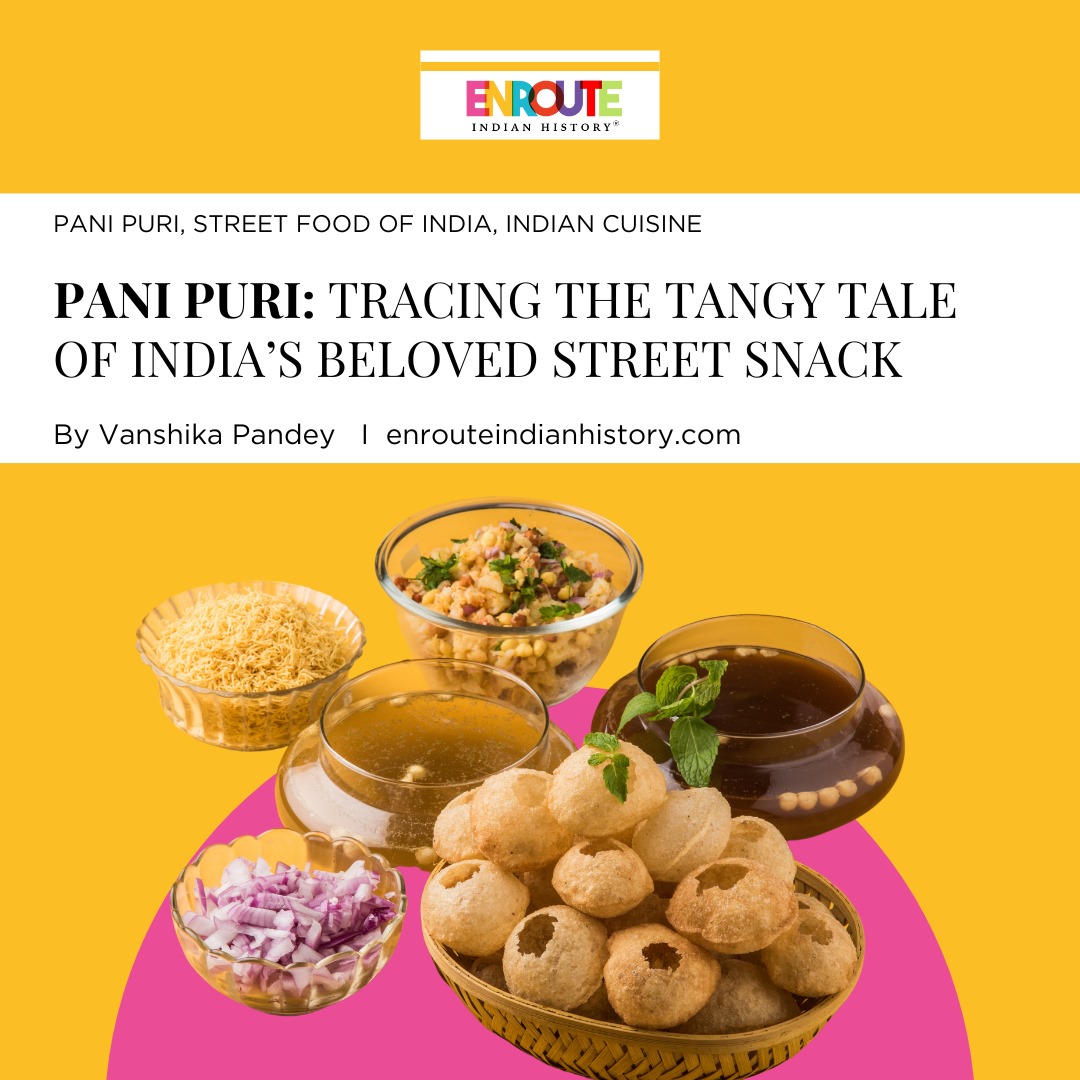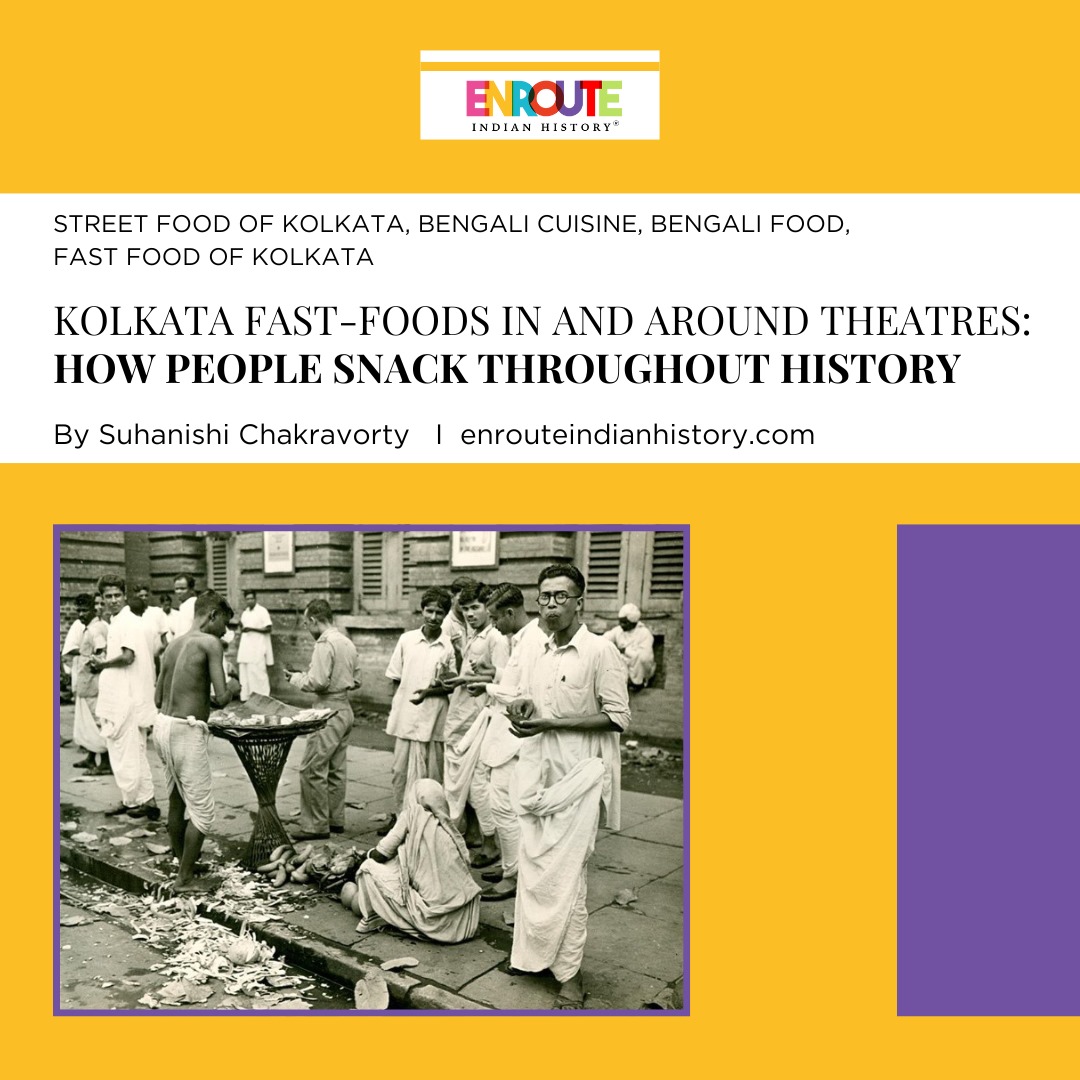What are some of the Punjabi Pickles you have to try this winter?
- enrouteI
- January 17, 2024

The Aroma of Tradition
Pickling, an ancient preservation technique, has deep roots in Indian culinary traditions, offering a vivid array of flavors, textures, and aromas. The history of making pickles in India dates back thousands of years, with references found in ancient texts like the Vedas and Ayurveda. Initially, the practice emerged as a pragmatic solution to combat the seasonal abundance of fruits and vegetables, ensuring a year-round supply of food. India’s diverse climate and agricultural richness further contributed to a plethora of pickling options, utilizing mangoes, lemons, chilies, and various vegetables.
The need for pickling in India extends beyond mere preservation; it is deeply intertwined with cultural and regional identities. Each state, community, and household often boasts its unique pickle recipes, reflecting local tastes and preferences. Additionally, pickles play a vital role in Ayurveda, the traditional Indian system of medicine, where they are valued for their digestive and health-promoting properties. The use of spices and condiments in pickles not only enhances flavor but also aligns with Ayurvedic principles of balancing the doshas.
In Indian cuisine, pickles have become an essential accompaniment, adding a burst of tanginess and spice to meals. The tradition of making pickles is often passed down through generations, creating a rich tapestry of family recipes and culinary heritage. As India undergoes rapid modernization, the continued popularity of pickles underscores their timeless appeal and cultural significance. In essence, the history and need for making pickles in India are deeply ingrained in both the practical necessities of preserving seasonal produce and the profound cultural connection to diverse flavors and culinary legacies.
In India, the practice of preparing different pickles for different seasons is a culinary art deeply rooted in the country’s diverse climates, agricultural cycles, and cultural traditions. The seasonal variation in pickles serves both practical and cultural purposes, showcasing the adaptability and resourcefulness of Indian cuisine.

Indian Pickle: |Image courtesy: Ranveer Brar
India experiences distinct seasons, each characterized by unique produce. The monsoon season brings an abundance of mangoes, the summer yields a variety of fruits, and winter offers an array of vegetables. To maximize the use of locally available ingredients and preserve the surplus harvest, communities across India developed a tradition of making season-specific pickles. Mango pickles, for example, are a staple during the summer months when the fruit is plentiful, while lemon or lime pickles are more common in the winter.
Beyond the practicality of preserving seasonal produce, the choice of ingredients reflects the cultural significance of pickles in Indian households. Different regions take pride in their distinctive pickle recipes, using locally grown spices and condiments. The seasonal variations in pickles are a celebration of the diverse tastes and preferences that characterize India’s culinary landscape.
Moreover, the Ayurvedic philosophy, which emphasizes a harmonious balance between the body and nature, influences the selection of ingredients in seasonal pickles. Ayurveda suggests that consuming foods in harmony with the seasons supports overall well-being. For instance, spices with warming properties might be used in winter pickles to counter the cold weather. The tradition of preparing different pickles for different seasons in India is a harmonious blend of practicality, regional diversity, and cultural significance. It reflects the close relationship between nature, food, and well-being while preserving a rich tapestry of flavors unique to each time of the year.
Pickles are consumed as flavorful condiments or accompaniments to meals in various ways. They add a tangy and spicy kick to dishes, enhancing taste and complementing the main course. In India, pickles are often served alongside rice, chapati, or as a side dish to curry, providing a burst of flavor. They can also be used in sandwiches, wraps, or as toppings for snacks. Additionally, pickles are enjoyed in salads, providing a zesty twist. The versatility of pickles makes them a popular and integral part of cuisines worldwide, offering a unique and delightful taste to a wide range of dishes.

Pickles play a significant role in the economy of India, serving as a source of income for many women and fostering community connections.|[Image courtesy:Slurpp]
The pickle industry contributes to the agricultural and food processing sectors, creating employment opportunities and supporting local economies. Small-scale pickle businesses, often run by women in rural areas, have become essential for economic empowerment.

UN Women Faria Salman
Women in India, particularly in rural regions, engage in pickle-making as a means of generating income and achieving financial independence. The process of making pickles involves various stages, from sourcing seasonal produce to preparing, packaging, and marketing the final product. This empowers women to contribute actively to their households’ economic well-being and promotes entrepreneurship at the grassroots level.
The pickle-making industry also fosters a sense of community and collaboration. In many Indian villages, women come together to share knowledge, exchange recipes, and collectively engage in pickle production. This communal aspect not only strengthens social bonds but also provides a platform for skill development and the transfer of traditional culinary practices from one generation to the next.
The sale of pickles, whether through local markets or online platforms, opens up avenues for economic growth in rural areas. This micro-enterprise model allows women to leverage their culinary skills and traditional knowledge to create marketable products. Additionally, the demand for authentic, homemade pickles has expanded, leading to increased market opportunities for these women entrepreneurs.
Furthermore, the pickle industry contributes to agro-processing and value addition, linking agricultural production with food manufacturing. This integration aids in reducing post-harvest losses and adds value to seasonal crops. As the pickle business flourishes, it creates a ripple effect, positively impacting related sectors such as transportation, packaging, and marketing.
The pickle industry in India serves as more than just a culinary delight; it is a source of economic empowerment for women, a catalyst for community engagement, and a driver of economic growth in rural areas. By combining tradition with entrepreneurship, the pickle-making sector embodies the resilience and resourcefulness of Indian women while contributing to the broader economic landscape.
Pind Di Khushboo
In the heart of India, where the vibrant culture of Punjab thrives, a culinary tradition has been fermenting for centuries—the art of pickling. This savory saga unfolds across the fertile fields of Punjab, where each jar of pickles holds not just the tangy taste of vegetables but also the rich history and cultural tapestry of the region.
Punjabi pickles are distinct from their counterparts in other parts of India, characterized by a robust flavor profile and a unique blend of spices. The primary ingredient in many Punjabi pickles is often the robust mustard oil, which imparts a pungent and earthy note to the concoction. This sets them apart from pickles in other regions where oils like sesame or groundnut are more commonly used.
Moreover, Punjabi pickles are renowned for their bold use of spices, with a generous inclusion of mustard seeds, fenugreek, fennel, and nigella seeds. The combination of these aromatic spices creates a complex and layered taste that is synonymous with Punjabi cuisine. The pickles are often left to mature in the sun, intensifying the flavors and allowing the spices to infuse thoroughly into the vegetables.
In contrast, pickles from other parts of India may showcase a different spice palette based on regional preferences and availability. For instance, South Indian pickles often feature a prominence of tamarind, curry leaves, and fenugreek, resulting in a tangy and slightly bitter profile. The use of diverse spices in different regions reflects the culinary diversity that defines India.
Punjabi pickles also often include garlic and ginger, adding an extra kick to the tanginess. The choice of vegetables, such as cauliflower, turnips, and carrots, reflects the abundance of these crops in Punjab. Each ingredient is meticulously chosen to create a harmonious symphony of flavors that mirrors the agricultural richness of the region.
In essence, the uniqueness of Punjabi pickles lies not just in their bold flavors but in the cultural and historical narratives they encapsulate. They represent a culinary journey through Punjab’s fertile landscapes, where the art of pickling has evolved into a cherished tradition, preserving the essence of the region in every tangy bite.
Imagine a picturesque Punjabi village, surrounded by lush green fields and the golden hue of mustard flowers. In the heart of every Punjabi home, a jar of homemade pickles takes pride of place on the kitchen shelf. These pickles are not just condiments; they are an essential part of the Punjabi culinary identity, embodying the spirit of village life.
The process of making Punjabi pickles is a ritual, a celebration of flavors and heritage. Families come together to prepare achaar, sharing laughter, stories, and the age-old techniques handed down through generations. The primary ingredients include locally sourced vegetables like mangoes, carrots, turnips, and even the fiery green chilies, creating a symphony of colors and tastes.
A Burst of Flavors: The Varied Pickles
- Mango Magic: Aam Ka Achaar
In the scorching summer, when the sun blesses the orchards with ripe mangoes, Punjabi households transform these golden treasures into aam ka achaar. The sweetness of ripe mangoes blends seamlessly with the spiciness of mustard oil and the piquancy of aromatic spices, creating a pickle that dances on the taste buds.
- Spice and Heat: Mirchi Ka Achaar
Punjab is known for its love of spice, and mirchi ka achaar is a testament to this fiery passion. Green chilies, laden with the potency of the Punjabi soil, are pickled with care. These red and green jewels add a punch to any meal, leaving a lingering heat that is both delightful and challenging.
- Turnip Tales: Shalgam Ka Achaar
When winter frost covers the fields, turnips take center stage in Punjabi kitchens. Shalgam ka achaar, with its earthy taste and crisp texture, adds a delightful crunch to the winter thali. The combination of turnips, mustard oil, and a blend of traditional spices creates a pickle that is as hearty as the Punjab winter.
The Secret Ingredients: Love and Tradition
Behind every lip-smacking pickle in Punjab, there is a grandmother who holds the secret recipe. These recipes are passed down orally, with no written measurements, as each pinch of spice and drop of oil is an intuitive dance. The pickling process is a way for grandmothers to share not just a taste but also their love and wisdom.
The soul of Punjabi pickles lies in the masalas, carefully blended mixtures of spices that elevate the taste to another level. From the warmth of garam masala to the pungency of mustard seeds, the spice bazaars in Punjab are a treasure trove, where the right combination can turn an ordinary pickle into a culinary masterpiece.
Achaar and Festivals: A Marriage of Tradition and Celebration
Lohri, the festival of harvest celebrated with a bonfire, is incomplete without the presence of pickles. As families gather around the fire, they indulge in hearty feasts that feature various pickles. The tanginess of achaar complements the festive spirit, turning every bite into a celebration of life and abundance.
Baisakhi, the vibrant harvest festival, sees the fields of Punjab teeming with life and color. It’s a time when freshly harvested vegetables find their way into pickles, adding a touch of festivity to the jars. As farmers dance in the fields, the pickles on their tables tell tales of a bountiful harvest.
Pickles Beyond Borders: Global Appeal of Punjabi Achaar

The Punjabi diaspora, scattered across the globe, has carried the tradition of making pickles to distant lands. In foreign kitchens, jars of aam ka achaar and mirchi ka achaar become not just condiments but a link to the homeland.
The tangy taste of Punjab transcends borders, connecting generations with their cultural roots.
In recent times, the humble pickle has found its way into gourmet kitchens. Chefs experiment with traditional Punjabi pickles, incorporating them into modern dishes. Aam ka achaar might find itself in mango salsa, and mirchi ka achaar could add a spicy kick to fusion cuisines. The versatility of Punjabi pickles knows no bounds.
As we savor the tangy tales of Punjab’s pickles, we realize that each jar holds not just vegetables but the essence of tradition, love, and celebration. From the vibrant fields to the global kitchens, Punjabi pickles continue to be more than a condiment; they are a journey through time, a legacy preserved in every flavorful bite. As we partake in the pickle feast, we honor the cultural richness that Punjab brings to our plates and our hearts.
References:
- Desk, S. (2023, June 4). Aam to Mooli, 8 Punjabi pickles to try for that achaari flavour. Slurrp. https://www.slurrp.com/article/aam-to-mooli-8-punjabi-pickles-to-try-for-that-achaari-flavour-1685778134051
- India, T. (2015, September 20). Punjabi pickles tickle taste buds of Kashmiris. Tribuneindia News Service. https://www.tribuneindia.com/news/archive/features/punjabi-pickles-tickle-taste-buds-of-kashmiris-135678
- Aday. (2019, October 15). India’s achar pickles. Institute of Culinary Education. https://www.ice.edu/blog/achar-indian-pickles
- Avey, T. (2014, October 1). History in a Jar: Story of Pickles | The History Kitchen | PBS Food. PBS Food. https://www.pbs.org/food/the-history-kitchen/history-pickles/
- Chaudhuri, Z. R. (2017, February 16). Pickle season: What India loves to eat for its sweet, spicy and savoury fix. Scroll.in. https://scroll.in/magazine/828451/pickle-season-what-india-loves-to-eat-for-its-sweet-spicy-and-savoury-fix
- Co, L. F. (2023a, February 26). Pickling traditions in Indian households and communities. The Little Farm Co. https://thelittlefarm.co.in/blogs/article/pickling-traditions-in-indian-households-and-communities
- Co, L. F. (2023b, March 20). Different types of chilli pickles in India. The Little Farm Co. https://thelittlefarm.co.in/blogs/article/different-types-of-chilli-pickles-in-india#:~:text=Punjab%3A%20Punjabi%20chilli%20pickles%20are,like%20parathas%20and%20dal%20makhani.
- Desk, S. (2023, September 8). The diversity of Indian pickles, a guide to different tastes and techniques. Slurrp. https://www.slurrp.com/article/the-diversity-of-indian-pickles-a-guide-to-different-tastes-and-techniques-1693238382062
- Refresh. (n.d.). All about Indian Pickles. https://www.refreshyourlife.in/blog/indian-pickles-history-varieties-and-benefits
- Slurrp Editorial. (2023, January 24). Spicy tales of every state’s special pickle and chutney. Slurrp. https://www.slurrp.com/article/a-journey-through-indias-rich-chutney-culture-spicy-tales-of-every-states-special-pickle-and-chutney-1674552019802
- Traditional pickles that are made in different parts of India. (n.d.). Vikhroli Cucina. https://www.vikhrolicucina.com/food-lab/kitchen-stories/traditional-pickles-that-are-made-in-different-parts-of-india
- Women produce pickles and juices for income generation. (2016, February 10). UN Women – Asia-Pacific. https://asiapacific.unwomen.org/en/news-and-events/stories/2016/02/women-produce-pickles-and-juices-for-income-generation
- May 8, 2024
- 8 Min Read


























